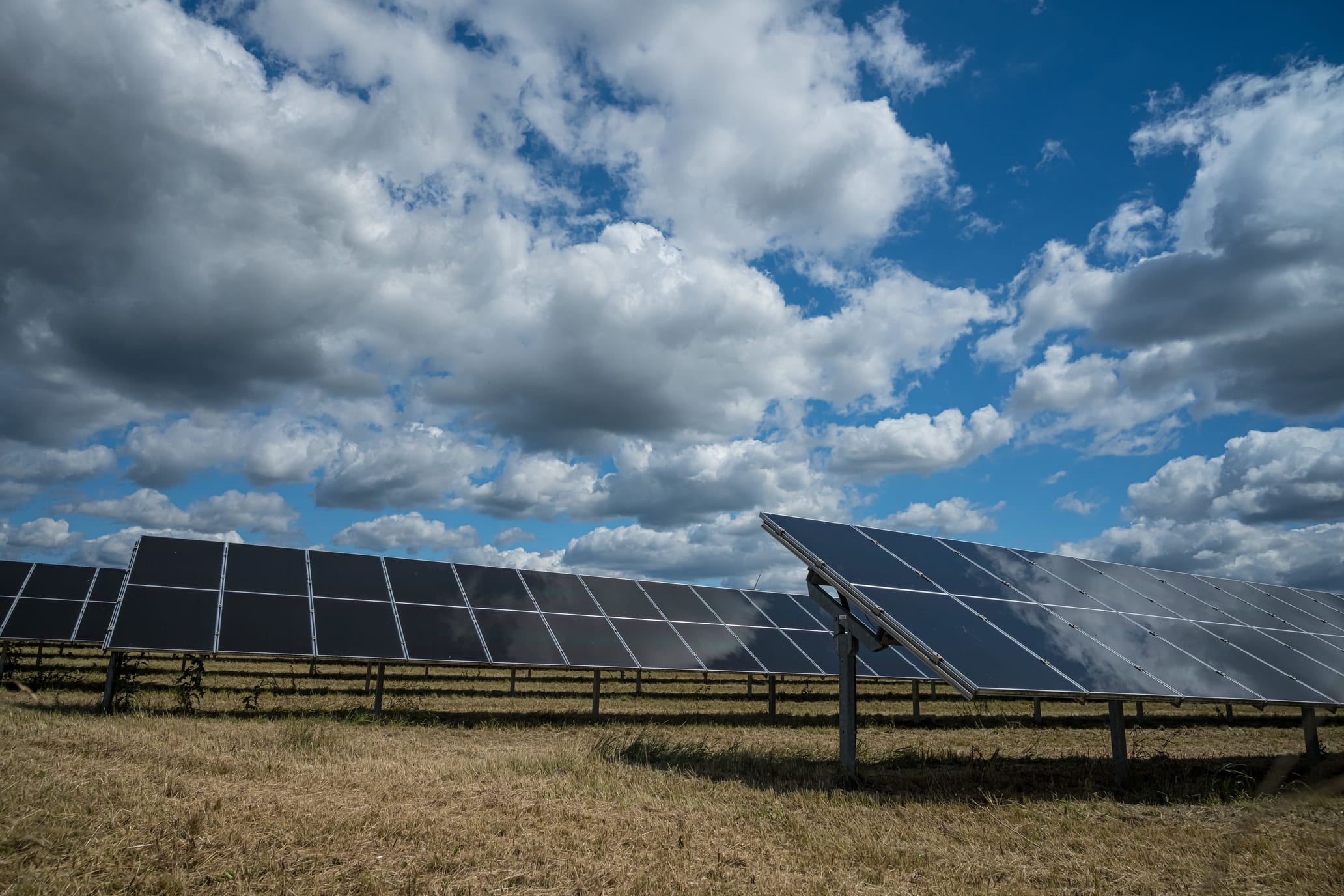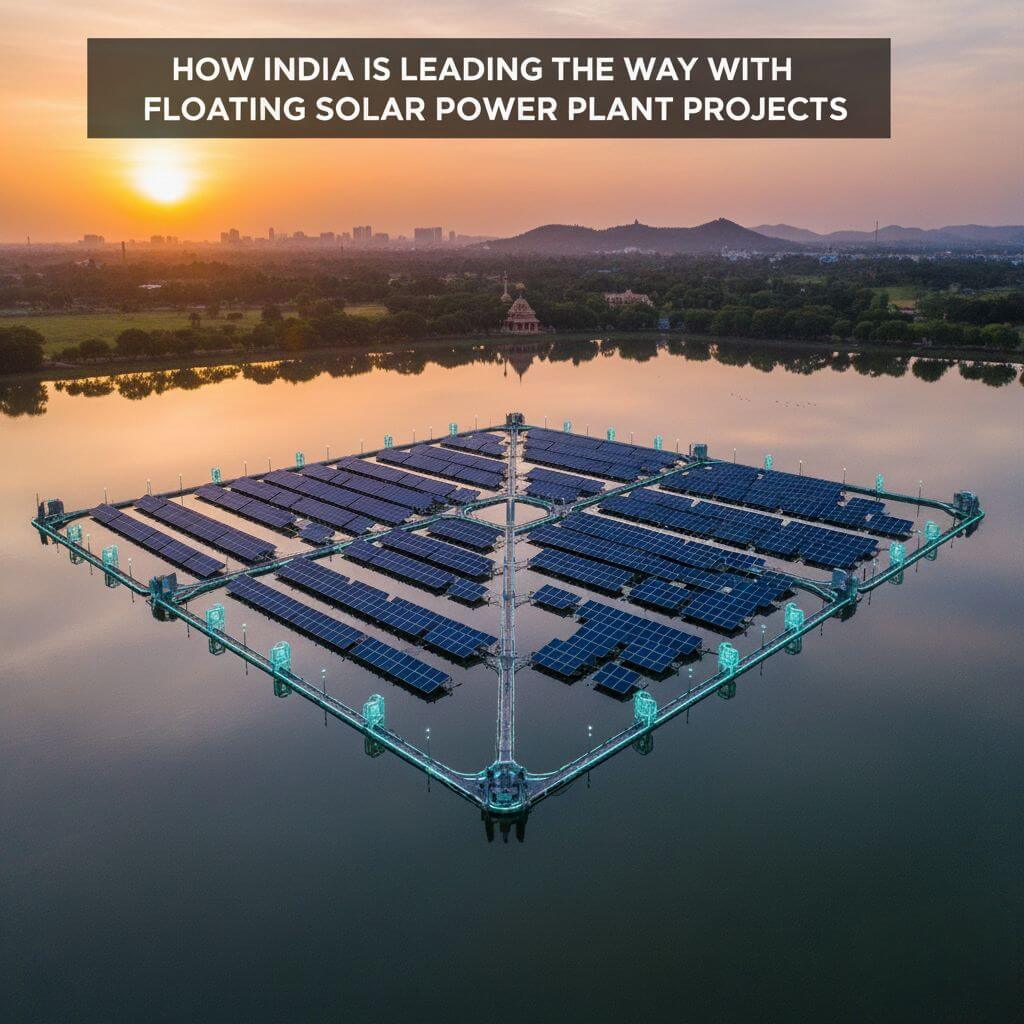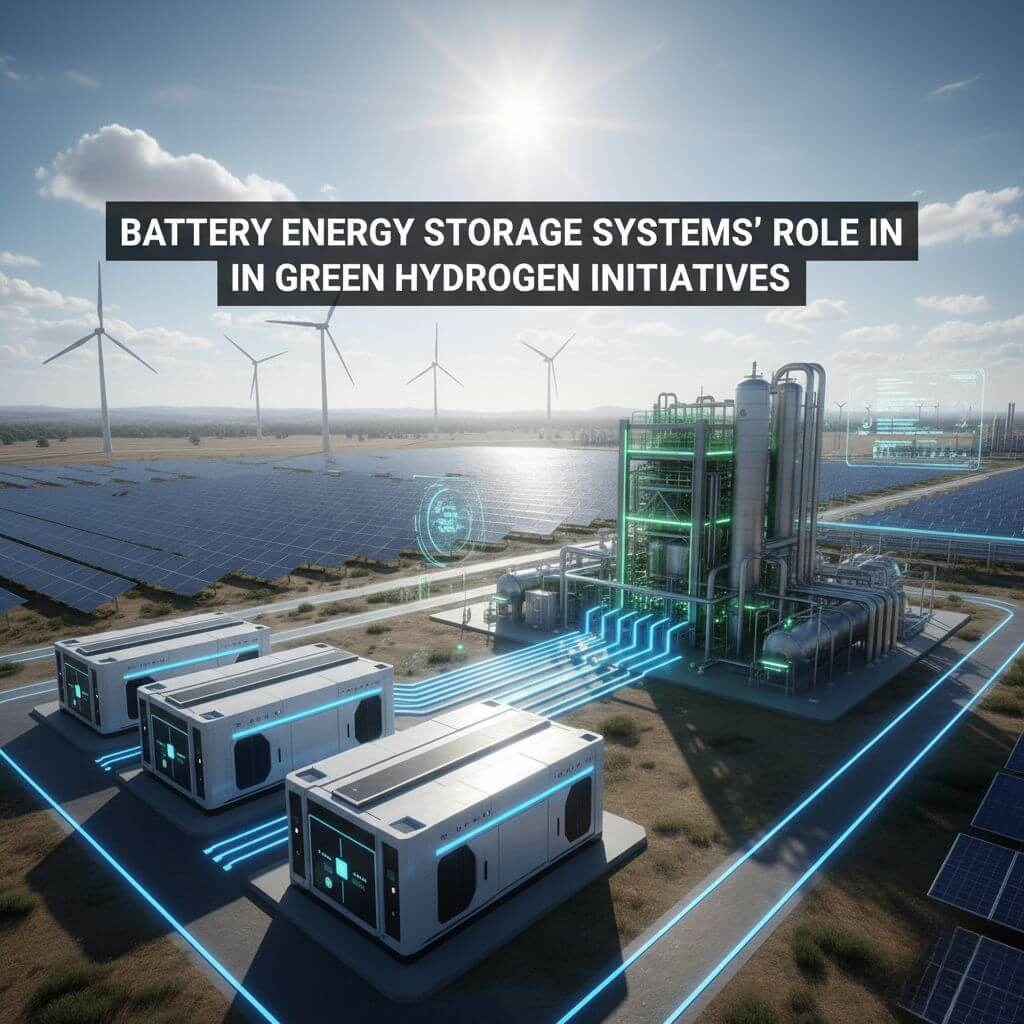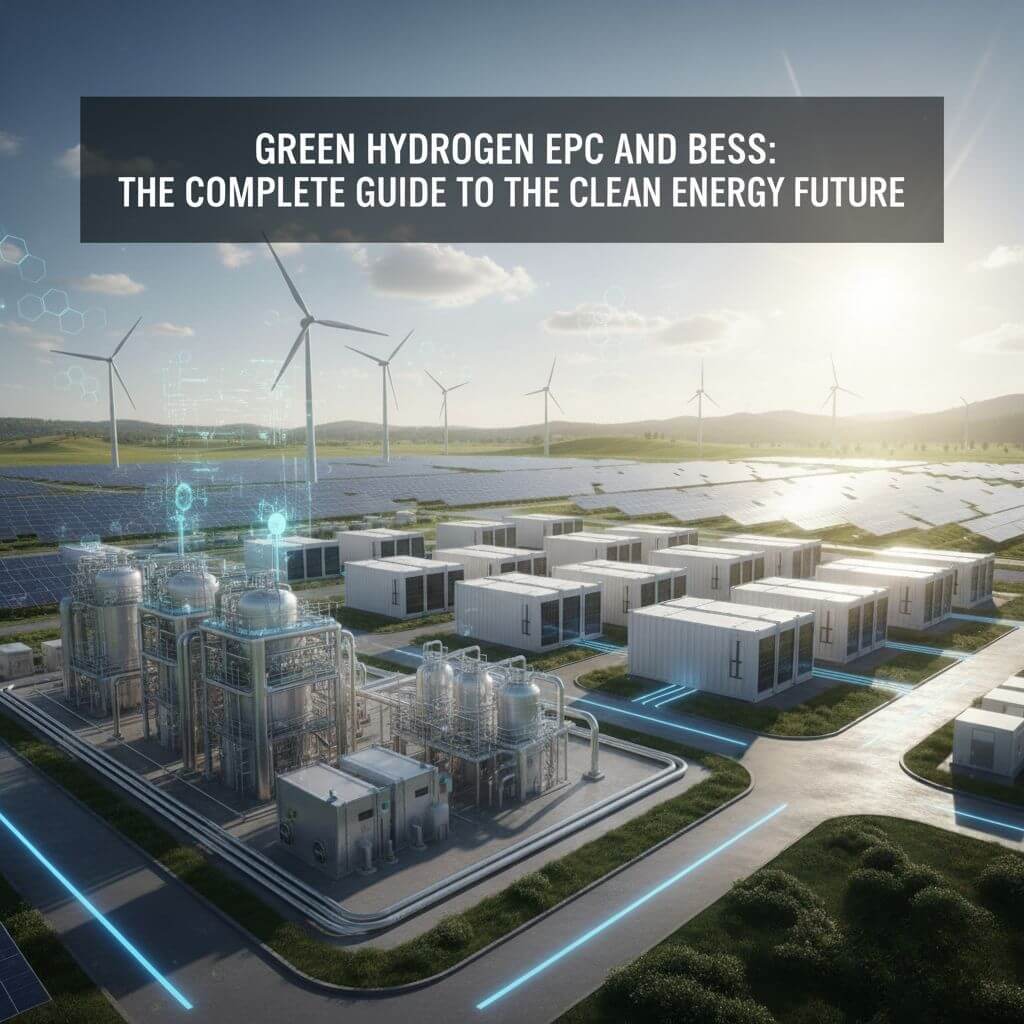Ground Mounted Solar: Everything You Need to Know
Ground Mounted Solar Guide
Installing solar panels on your property can reduce your electricity bills and carbon footprint. If you have unused land, installing a ground-mounted solar array can be an efficient way to capture solar energy. Here is everything you need to know about ground-mounted solar.
What is a Ground Mount?
A ground mount refers to a solar panel mounting system that is anchored to the ground rather than on a rooftop. The solar array structure consists of racks connected to piles driven into the ground or concrete footings. This allows the panels to be tilted at an optimal angle to absorb the most sunlight throughout the year.
Ground-mounted solar systems generate clean, renewable electricity, just like rooftop solar panel systems. However, they can be built larger to meet higher energy demands for residential, commercial, or utility-scale projects. They are also easier to install because they don’t require roof structural assessments.
How do Ground Mounts Work?
Ground-mounted solar systems work exactly like roof-mounted solar panel systems. Solar cells within the photovoltaic (PV) panels convert sunlight into direct current (DC) electricity. The DC output is collected and delivered via wiring within the array to one or more inverters.
The inverter converts the DC electricity into alternating current (AC) that matches the type of electricity delivered by your utility service. The AC power can then be used to power your home, business, or feed into the utility grid.
Any excess solar power generated is fed back into the grid in front of the meter, which spins backwards. This gives you full retail credit through net metering, which is available in most states.
Setting Up a Ground-Mount Solar Array
Installing a ground-mounted solar energy system requires more space and land clearing compared to roof solar, but has its own advantages:
– Easier access and the ability to clean or repair
– Better natural air flow and panel cooling
– Higher energy yield with optimal tilt and orientation
The installation process includes:
1 . Site Analysis
– Identify the ideal location with maximum sun exposure throughout the year, clear solar access and minimal shading. Obstructions like trees or buildings should be noted.
– Conduct land surveys if needed to map out underground cables, septic tanks, or property boundaries.
– Consider proximity to electrical tie-in points and battery storage locations if off-grid.
2. Structural Foundation
– Dig holes for helical piles or trenches for concrete footings to anchor the vertical posts that will secure the solar panel racking structure.
– Depth and size will depend on soil conditions and local wind and snow load requirements.
3. Install Racking
– Secure vertical posts, cross beams, and panel connection rails onto the anchored foundation per the engineering specs.
– Use galvanized steel or aluminum construction to withstand weathering.
4. Mount Panels
– Carefully mount the solar PV panels onto the racking system at the proper height and orientation angles calculated for the site.
– Connect the DC cabling from the array to combine the output.
5. Electrical Setup
– Run buried conduit from the array to the location of the solar inverters if locating remotely.
– Connect the array of DC wiring to grid-tied string inverters with smart energy management systems.
– Connect to grid or off-grid battery bank for 24/7 solar power supply.
Proper permits are necessary, and a licensed solar contractor should be hired for complete system design and installation.
Why Choose Ground Mount Solar
Here are some top reasons to choose ground-mounted solar over a rooftop:
- More Energy Generation
Ground sites allow tilting at the optimal angle to absorb the maximum solar irradiation through all seasons. Azimuth orientation and freedom from rooftop shading or fire code setbacks can increase energy generation 10-20% over rooftop solar.
- Lower Temperature
With natural air circulation beneath and above, a ground-mounted solar panel stays much cooler than a rooftop solar panel. This increases solar cell efficiency 2-3% and output under intense sunlight. The life expectancy of the panels also improves with lower thermal stress.
- Easier Maintenance
The ground array racking provides greater personnel stability and ease of access for cleaning or repairs over the system’s 25+ year lifespan. There is no need for ladders, fall protection gear, or roof work.
- Flexible Sizing
A ground mount has unlimited room to expand over time. Additional solar panel tracker or fixation sections can be seamlessly added later as energy needs increase or technology improves.
- Enhanced Property Value
The concrete array foundation and underground wiring improve the land. A tiered shade structure created underneath makes useful space for gardening, recreation areas, electric vehicle parking, or sheltering livestock.
Ground-mounted solar unleashes the full potential of your residential or commercial property to generate clean, renewable energy for decades. With flexible sizing up to the megawatt level, ground systems maximize solar benefits for sustainable homes, businesses, or communities.
Waaree offers full turnkey design and installation of ground-mount solar systems, solar panels, racking, and inverter equipment. Contact us today to discuss your new solar plans with us. Investing in solar protects you from rising energy costs and pays dividends through energy independence and self-reliance for onsite supply.
Post a comment
You must be logged in to post a comment.





